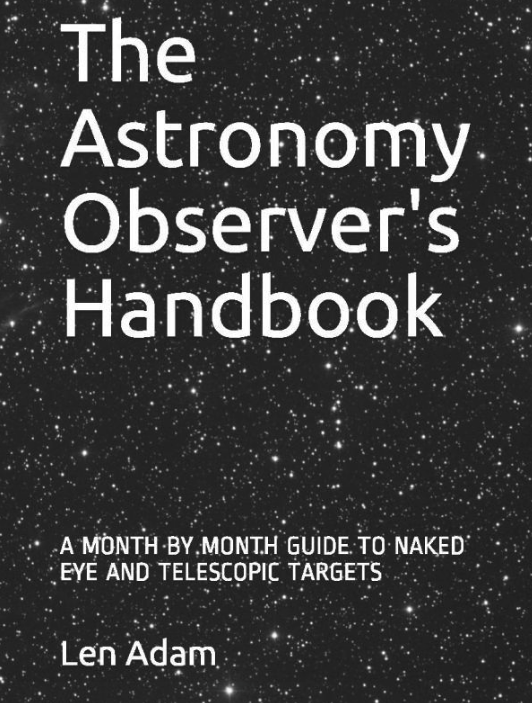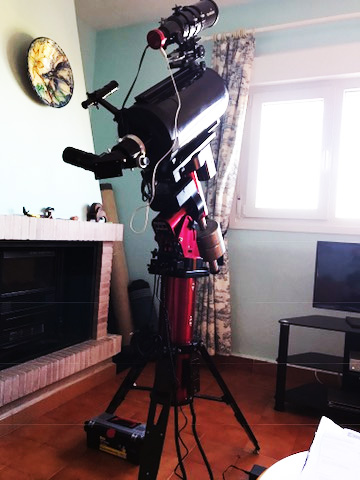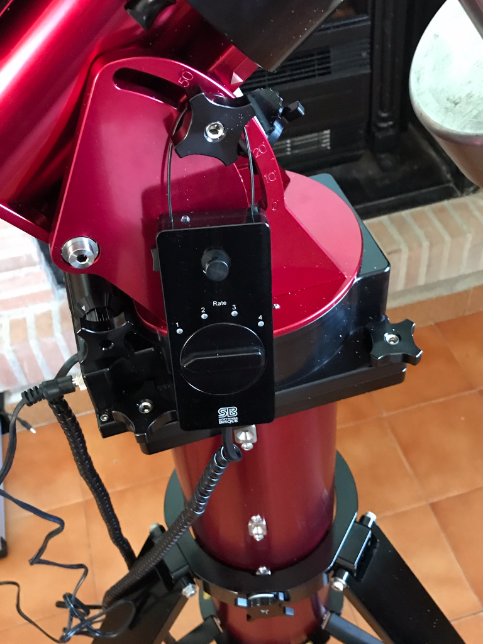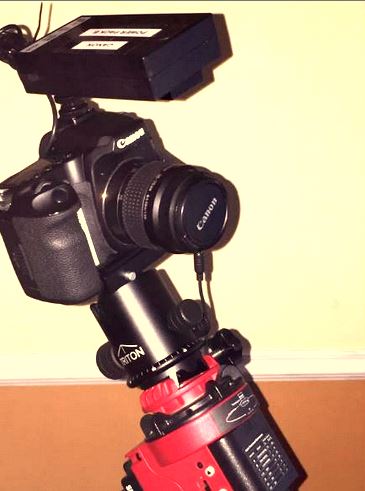Leyland Observatory moves South for the winter - First Light at Sierra Cabrera
 Tuesday, November 23, 2010 at 10:49AM
Tuesday, November 23, 2010 at 10:49AM Last night (22nd November 2010) the first images were captured using the 12" SCT/CGEM set up at the winter base of Leyland Observatory in the Sierra Cabrera mountains(actually the terrace of a rented villa) in the village of Cabrera just above the town of Turre in Almeria, Andalusia, Spain.
The latitude is just over 37 degrees North.
Having arrived at 9 pm on the 15th Nov(last Monday) after a 650 mile drive from the ferry port of Santander in the North where the boat arrived at 9 a.m. that morning I was somewhat tired but arrived to see a dark sky glittering with stars.
Cabrera is a village of modern moorish design villas 300m above the plain where the local town of Turre sits. Getting to the village is quite a feat - the inhabitants sometimes refer to it as Brigadoon because of its detached magical nature although I think it is more like Rivendell in Lord of the Rings! (Sorry - beginning to sound as though I am selling something!)
This is one of the roads in to Cabrera with the Mediterranean Sea in the background
This is a typical Cabrera view
This is the view from the village centre.
This is the terrace of the villa where the telescope can be seen covered by its "Scope Coat"
This is the telescope and the view from the terrace looking to the North East. The optical tube assembly is my 15 year old 12" Meade from my original classic LX200 sitting on a Celestron CGEM mount. In reality the OTA is right at the weight limit for the telescope so it remains to see how the CGEM will fare with slews to several hundred galaxies per night - in terms of tracking, pointing accuracy and dealing with the workload. I aim to use The Sky, CCDSoft and Orchestrate scripts working in harmony using the 23000 galaxy RC3 catalog to image galaxies in terms of increasing radial velocity and thus distance to hopefully capture brighter supernovae. At present I am trying to get as near perfect tracking as I can by accurate drift method polar alignment.
The view to the South from the terrace
First night images:
The first image of M74 combines 35 X 10 second images. The second image of NGC 891 is a single 10 second image. Clearly the images were not precisely focused - it is sometimes a challenge to prevent mirror flop with the LX200 OTA which requires the mirror to be "solidly" clamped.
 [Your Name Here] | Comments Off |
[Your Name Here] | Comments Off | 







